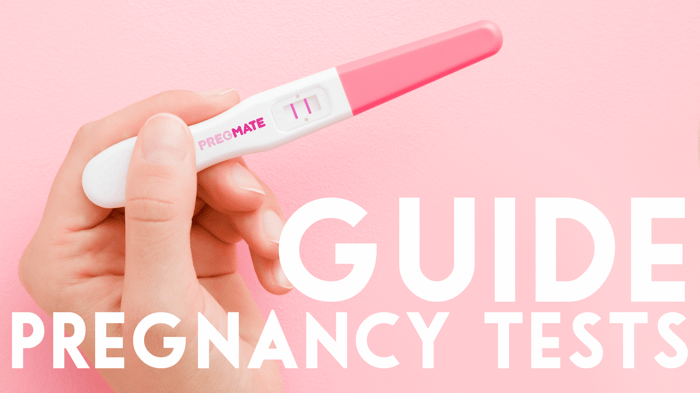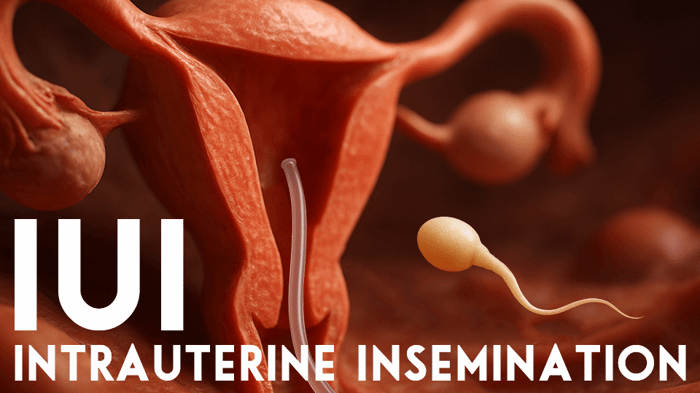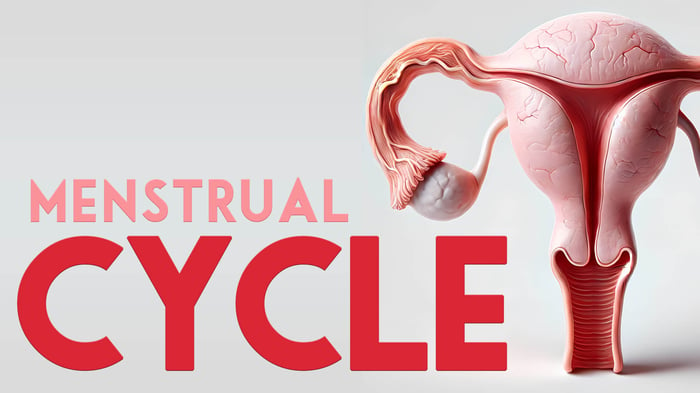If you've found yourself exploring fertility treatments, you’ve likely come across IVF—in vitro fertilization. It is a beacon of hope for millions around the globe, having contributed to the birth of nearly 10 million babies since its introduction in 1978. Despite its growing popularity and increased success rates, it remains a somewhat mysterious and daunting topic for many hopeful parents. Let’s demystify this process step-by-step, offering a clear, honest breakdown of what to expect, free from medical jargon and full of real-life practicality.
Step 1: Preparation – Laying the Groundwork
The IVF journey begins long before egg meets sperm. Preparation involves thorough fertility testing and an extensive medical history review for both partners. This helps your fertility specialist devise the best strategy tailored specifically to your body's needs. Often, you'll be prescribed medications such as birth control pills or estrogen supplements. While taking birth control might seem contradictory when trying to conceive, it's crucial for synchronizing your cycle, optimizing egg quality, and improving timing for the entire IVF process.
Step 2: Ovarian Stimulation – Boosting Your Egg Supply
Typically, a woman's body matures just one egg per menstrual cycle. With IVF, however, the goal is to increase the chances of success by producing multiple mature eggs through ovarian stimulation. This involves injectable hormones administered over a period of around 10-12 days. You'll become quite familiar with frequent visits to your fertility clinic, as monitoring through ultrasounds and blood tests becomes routine to assess the eggs' growth and ensure they're perfectly mature for retrieval.
Step 3: Egg Retrieval – Harvesting Your Eggs
Once your eggs are fully mature, it's time for egg retrieval. While it might sound intimidating, the process is straightforward and performed under sedation, ensuring you experience minimal discomfort. Using ultrasound guidance, a specialist inserts a thin needle through the vaginal wall to collect eggs from your ovarian follicles. This procedure typically lasts only about 20-30 minutes, and recovery is swift, though some mild discomfort afterward is normal.
Step 4: Fertilization – Creating New Life
Now the miraculous part begins. Within 24 hours of retrieval, your eggs are fertilized in the lab through a precise method known as intracytoplasmic sperm injection (ICSI). This technique involves directly injecting a single healthy sperm into each mature egg, greatly enhancing fertilization success rates. Typically, around 70% of mature eggs fertilize successfully, providing a realistic perspective as you set expectations with your medical team.
Step 5: Embryo Development – Watching Growth Unfold
Following fertilization, the embryos develop over several days under close laboratory observation. Not all embryos will advance equally; typically, about half reach the blastocyst stage, which is ideal for transfer into the uterus. The blastocyst is the developmental stage when embryos are most viable, ready either for immediate transfer or freezing for future IVF attempts. The ability to freeze embryos offers flexibility and additional chances without needing to repeat the ovarian stimulation and retrieval phases.
Step 6: Embryo Transfer – Planting the Seed
Embryo transfer is a quick, non-invasive procedure lasting approximately 10 minutes, much like a regular pelvic exam. Your chosen embryo(s) is gently placed into your uterus using a thin catheter passed through your cervix. Many women experience mild cramping, spotting, or slight tenderness afterward, all of which are typical and temporary reactions to the procedure.
After the transfer comes perhaps the most emotionally taxing part of the journey: the two-week wait. After approximately 14 days, you'll undergo a blood test to confirm pregnancy. Success rates vary significantly based on multiple factors, such as age, health conditions, and previous fertility treatments, which you should discuss openly with your specialist.
Navigating Outcomes – Success and Persistence
If your IVF cycle is successful, congratulations! You’ll transition to prenatal care, marking the start of your long-awaited pregnancy journey. However, IVF is not always successful on the first try. Many couples undergo multiple cycles before achieving pregnancy, utilizing frozen embryos or beginning new stimulation cycles. It's important to approach IVF realistically, understanding that patience and resilience are often integral parts of the fertility journey.
Emotional Support and Realistic Expectations
Embarking on IVF can be emotionally, physically, and financially challenging. It’s crucial to maintain open and honest communication with your fertility team. Ask questions, share your concerns, and discuss your feelings. You are not alone, and your healthcare providers are your greatest allies on this journey. Support groups, counseling, and community forums can also provide invaluable emotional comfort and practical advice from others walking a similar path.
Conclusion – Your IVF Journey
While the journey through IVF can seem daunting, it remains one of modern medicine's most remarkable advances, offering real hope to millions who dream of parenthood. Remember, IVF has evolved significantly over four decades, becoming safer, more efficient, and more accessible. With thorough preparation, professional guidance, and personal resilience, your IVF experience can be both empowering and fulfilling.
No matter the outcome, your journey towards parenthood is uniquely yours, and every step you take is a testament to your strength and dedication to creating your family. Be patient with yourself, celebrate the small victories, and lean into the support networks around you. Every effort, regardless of the immediate result, brings you closer to your ultimate goal of parenthood. The path may be unpredictable, but the rewards—whether the emotional growth, deeper relationships, or ultimately holding your child—are profound and life-changing.
Related blog articles:
- Ovulation explained
- Naturally Boost Your Fertility
- Fertility and age: The truth about getting pregnant after 35
- Male Factor Infertility
- When is your fertile window?
- How long does it actually take to get pregnant?
- Understanding Your Menstrual Cycle: A Comprehensive Guide
- Ovulation Symptoms: Key Signs & Tracking Tips
- Pregmate App – Ovulation Tracker, Fertility and Period Calculator
- Conception explained: Fertilization and Implantation
- Using ovulation tests to identify the most fertile days of the month
- Your IVF Journey: Navigating the Path of In Vitro Fertilization
- A Comprehensive Guide to Pregnancy Tests: Everything You Need to Know
- Understanding IUI Intrauterine Insemination: A Complete Guide
- Pregmate pregnancy test strips: How and when to do the test
- Tracking LH surge using ovulation tests
- What is PCOS?
- What causes PCOS? Symptoms and signs.
- Using ovulation tests with PCOS
- 5 Menopause Myths BUSTED by a Medical Expert
- Your Complete Guide to Egg and Sperm Freezing
- The Hidden Truth About Endometriosis Every Woman Needs to Know
- How to Use Ovulation Tests to Get Pregnant Faster



